As Apple gears up for its next major release, the tech community buzzes with anticipation over the rumored iPhone 16, particularly regarding its potential departure from traditional physical buttons in favor of capacitive ones. This significant shift, if true, aligns seamlessly with Apple’s longstanding commitment to pioneering user interface innovations. From the introduction of the original iPhone’s touchscreen to the more recent implementation of Face ID, Apple has continually reshaped how users interact with their devices.
Capacitive buttons, which would replace the tactile feedback of pressing with a touch-sensitive experience, represent a bold new step in interface design. Such changes not only reflect Apple’s forward-thinking approach but also signal a continued move towards sleeker, minimalist hardware designs that enhance user experience through simplicity and efficiency. As these rumors circulate, they spark discussions on potential improvements in accessibility, speed, and the overall aesthetic of the device, keeping in line with Apple’s history of pushing the boundaries of technology and design.
Among the most intriguing aspects of the rumored iPhone 16 is the introduction of a capacitive “Capture Button,” a feature poised to revolutionize how users interact with the device’s camera functionalities. According to various sources, this new button is expected to offer a range of intuitive controls that streamline and enhance the photography and videography experience on the iPhone.
The primary functionality of the capacitive “Capture Button” appears to be aimed at simplifying the process of recording videos and taking photos. This button would enable users to initiate video recording with a single touch, bypassing the current multi-step process and thus making it quicker and more accessible. The feature is thought to be especially useful in spontaneous or fast-moving situations where time is of the essence.
Furthermore, the capacitive nature of the button suggests additional functionalities such as swipe-to-zoom and press-to-focus features. These would allow users to interact with their camera settings more fluidly, adjusting focus and zoom levels with simple gestures on the button itself. This could significantly enhance the user’s control over photo and video composition, making it easier to achieve the desired visual effects without fumbling through on-screen menus.






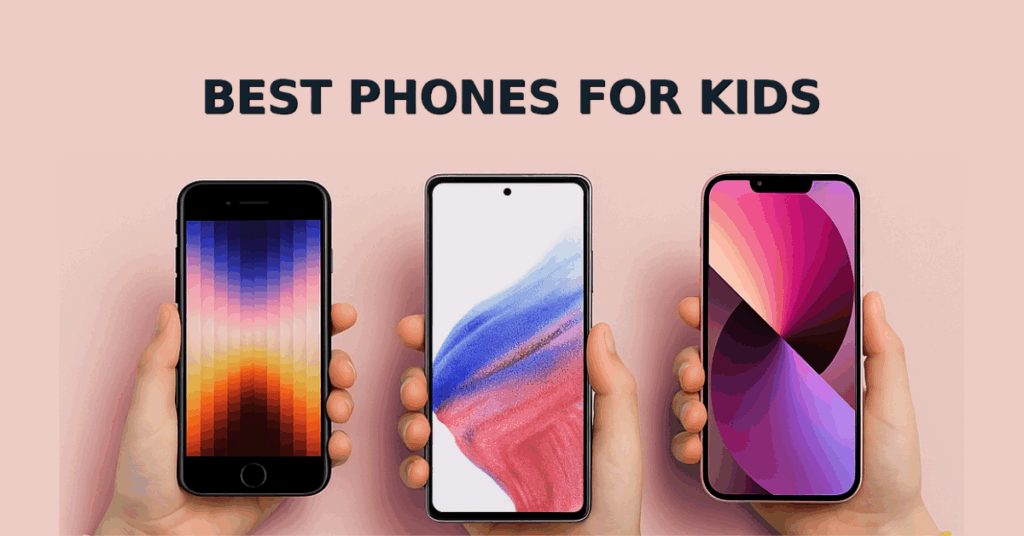


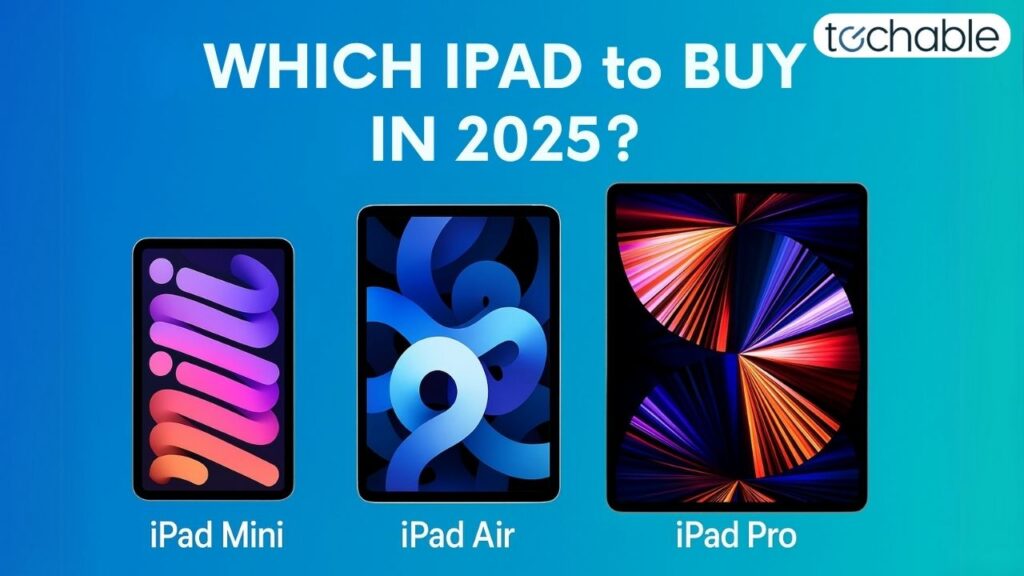
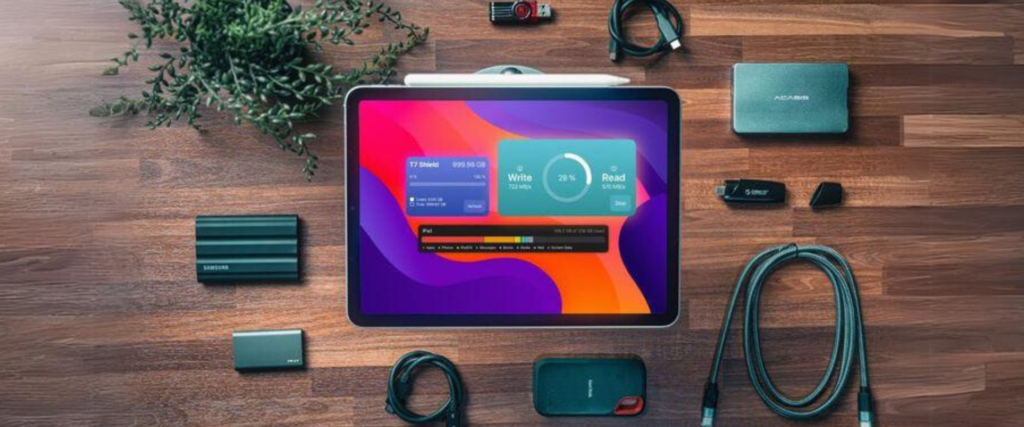


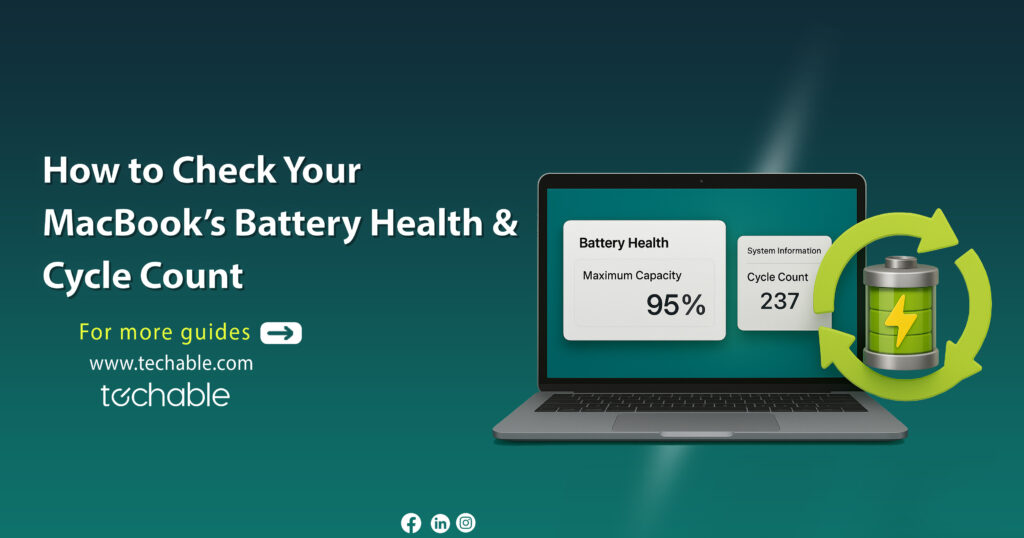
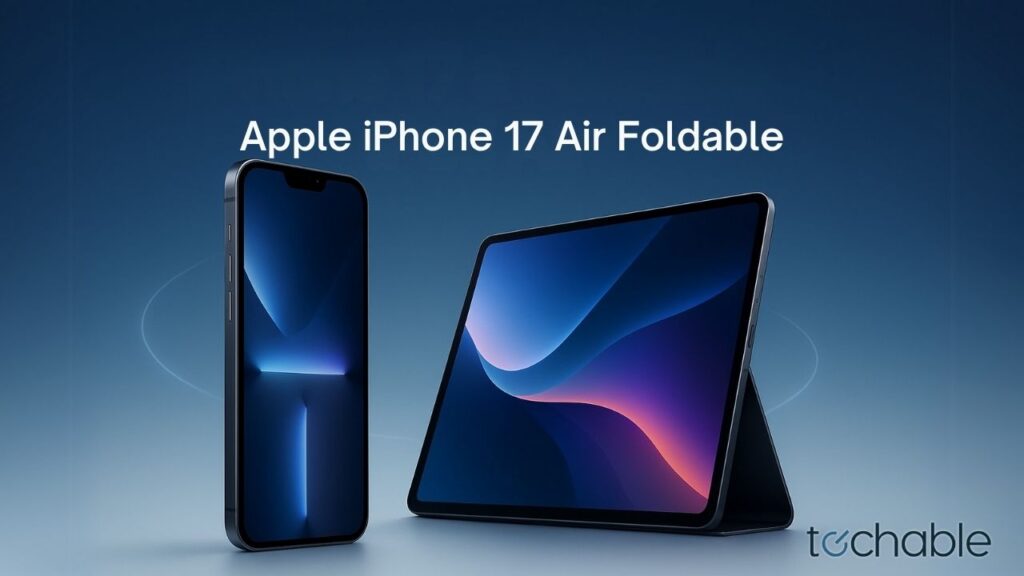
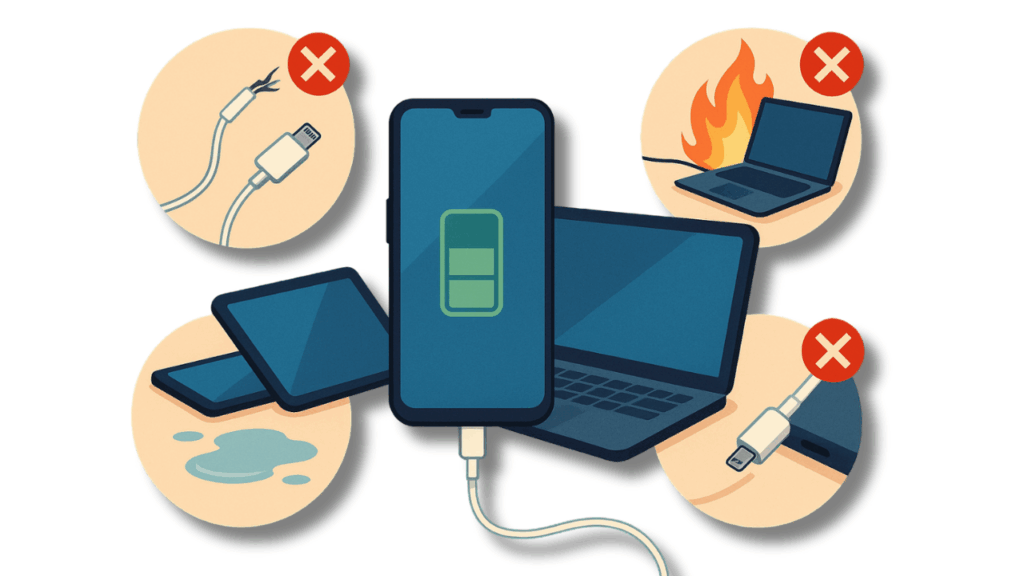
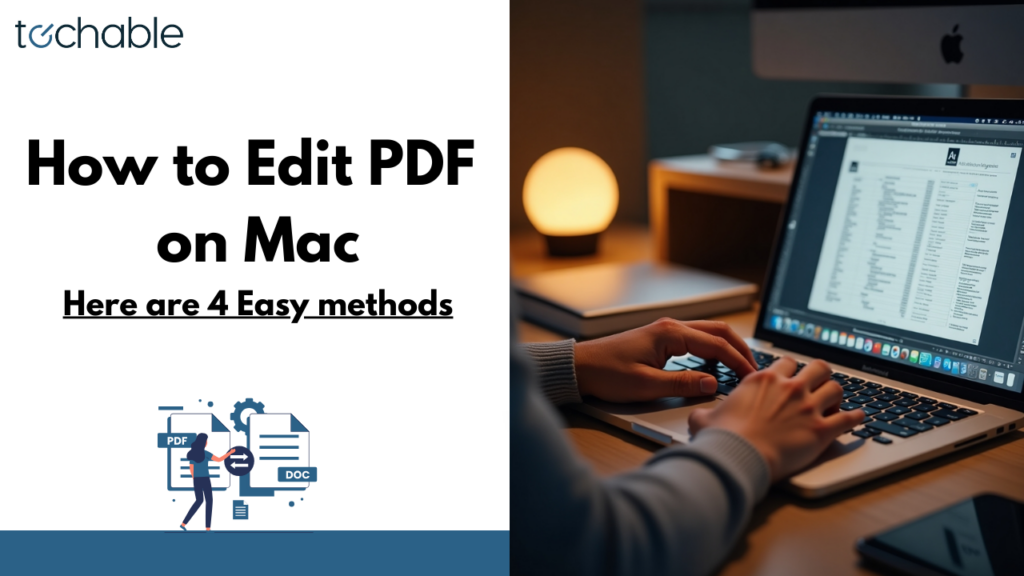
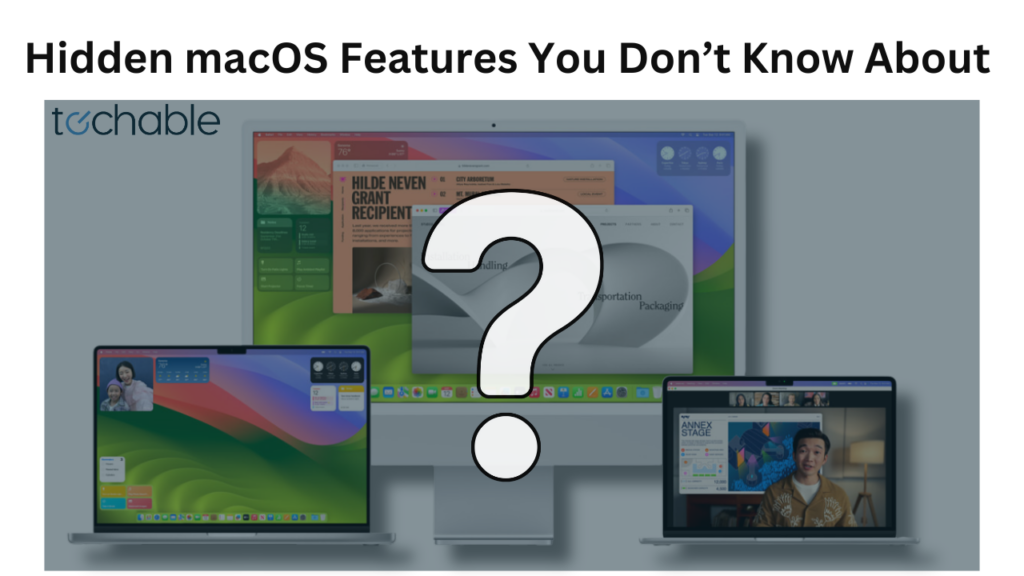
0 Comments